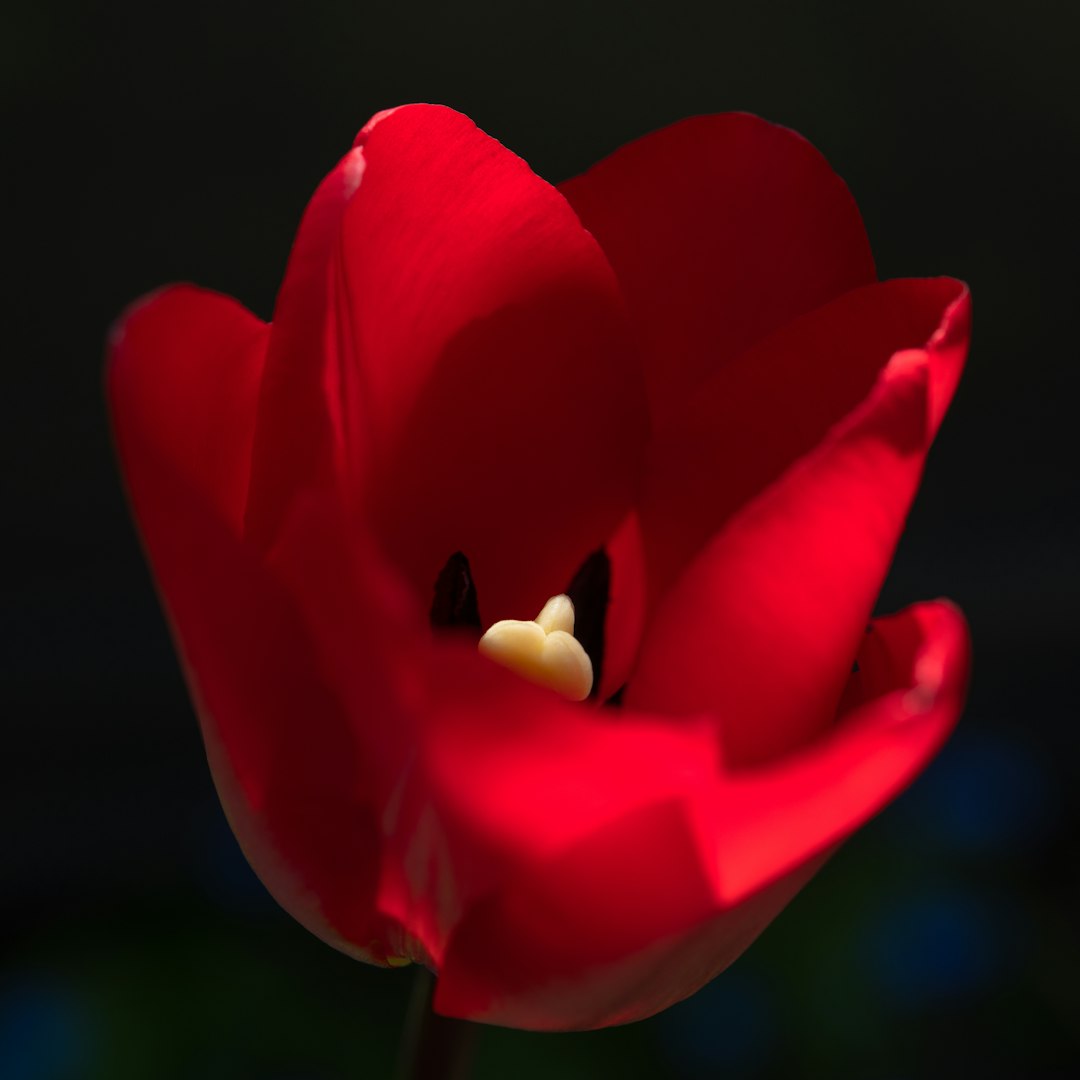The Hidden Treasures of Cardboard in Your Garden

In the world of gardening, we often overlook the simplest and most accessible resources that can significantly enhance the health and beauty of our yards. One such resource is cardboard, a common household item that is often destined for the trash bin. However, cardboard can be a valuable asset in the garden, offering a multitude of uses for weed control, pest control, and more. In this article, we will explore nine creative ways to reuse cardboard in your garden and transform it into a sustainable and productive space.
1. Weed Barrier
One of the most practical uses of cardboard in the garden is as a weed barrier. Cardboard acts as a natural mulch, blocking sunlight from reaching the soil and preventing weed seeds from germinating. To use cardboard as a weed barrier, simply lay it down on the ground around your plants, overlapping the edges to create a continuous barrier. Wet the cardboard to help it stay in place, and then cover it with a layer of mulch, such as wood chips or straw. This will not only suppress weeds but also help retain moisture in the soil.
2. Compost Accelerator
Cardboard is rich in carbon, which is an essential component of compost. By adding cardboard to your compost pile, you can help balance the carbon-to-nitrogen ratio and speed up the decomposition process. Tear the cardboard into small pieces and mix it with other organic materials, such as grass clippings, leaves, and food scraps. Make sure to keep the compost pile moist and turn it regularly to ensure proper aeration.
3. Seed Starting Trays
Instead of buying expensive plastic seed starting trays, you can make your own using cardboard egg cartons. Cut the egg cartons into individual cups and punch a few holes in the bottom for drainage. Fill the cups with potting soil and plant your seeds. The cardboard will gradually break down as the seedlings grow, and you can plant the entire cup directly in the garden without disturbing the roots.
4. Plant Markers
Cardboard can also be used to make simple and inexpensive plant markers. Cut strips of cardboard and write the name of the plant on them using a permanent marker. Insert the markers into the soil next to the plants, and they will help you keep track of what you've planted and where.
5. Pest Control
Cardboard can be an effective tool for pest control in the garden. For example, you can use cardboard tubes from paper towels or toilet paper to create barriers around young plants to protect them from slugs and snails. Simply cut the tubes into short lengths and place them around the base of the plants. The smooth surface of the cardboard will make it difficult for the pests to climb up and reach the plants.
6. Pathway Material
If you have a garden path that needs some improvement, cardboard can be a great solution. Lay down a layer of cardboard on the ground and cover it with a layer of gravel or wood chips. The cardboard will help prevent weeds from growing through the pathway, and the gravel or wood chips will provide a stable surface for walking.
7. Cold Frame Insulation
During the colder months, you can use cardboard to insulate your cold frames and protect your plants from frost. Line the inside of the cold frame with cardboard, making sure to cover all the sides and the top. The cardboard will help trap heat inside the cold frame and keep your plants warm.
8. Mulch for Trees and Shrubs
Cardboard can also be used as a mulch for trees and shrubs. Lay down a layer of cardboard around the base of the tree or shrub, making sure to keep it a few inches away from the trunk. Cover the cardboard with a layer of mulch, such as wood chips or bark. This will help retain moisture in the soil, suppress weeds, and protect the roots from extreme temperatures.
9. Erosion Control
If you have an area in your garden that is prone to erosion, cardboard can be used to help stabilize the soil. Lay down a layer of cardboard on the ground and cover it with a layer of soil or mulch. The cardboard will help hold the soil in place and prevent it from washing away during heavy rain.
In conclusion, cardboard is a versatile and sustainable material that can be used in many different ways in the garden. By reusing cardboard instead of throwing it away, you can not only reduce waste but also save money and improve the health and beauty of your yard. So, the next time you're about to toss a piece of cardboard in the trash, think twice and consider giving it a new life in your garden.